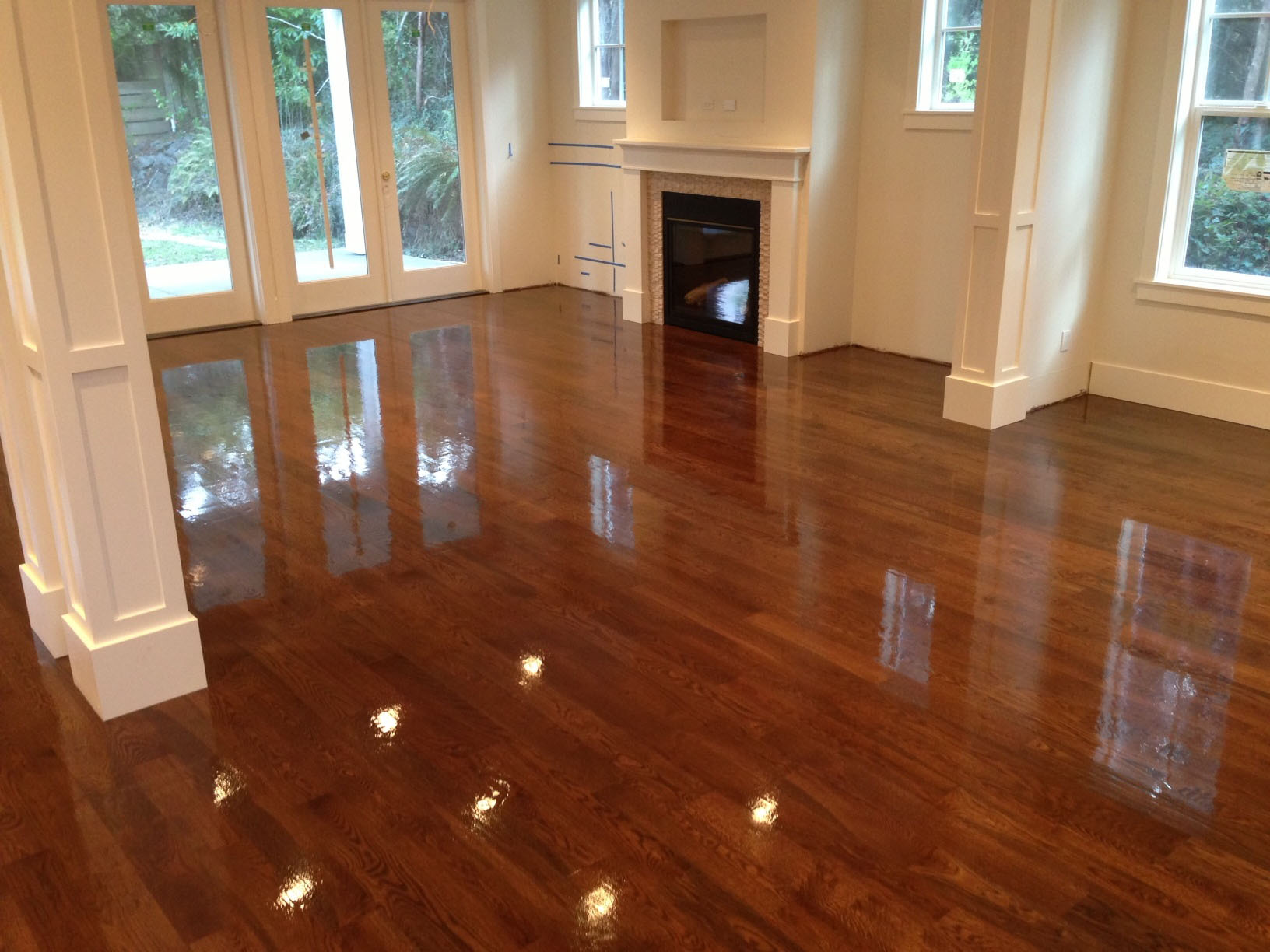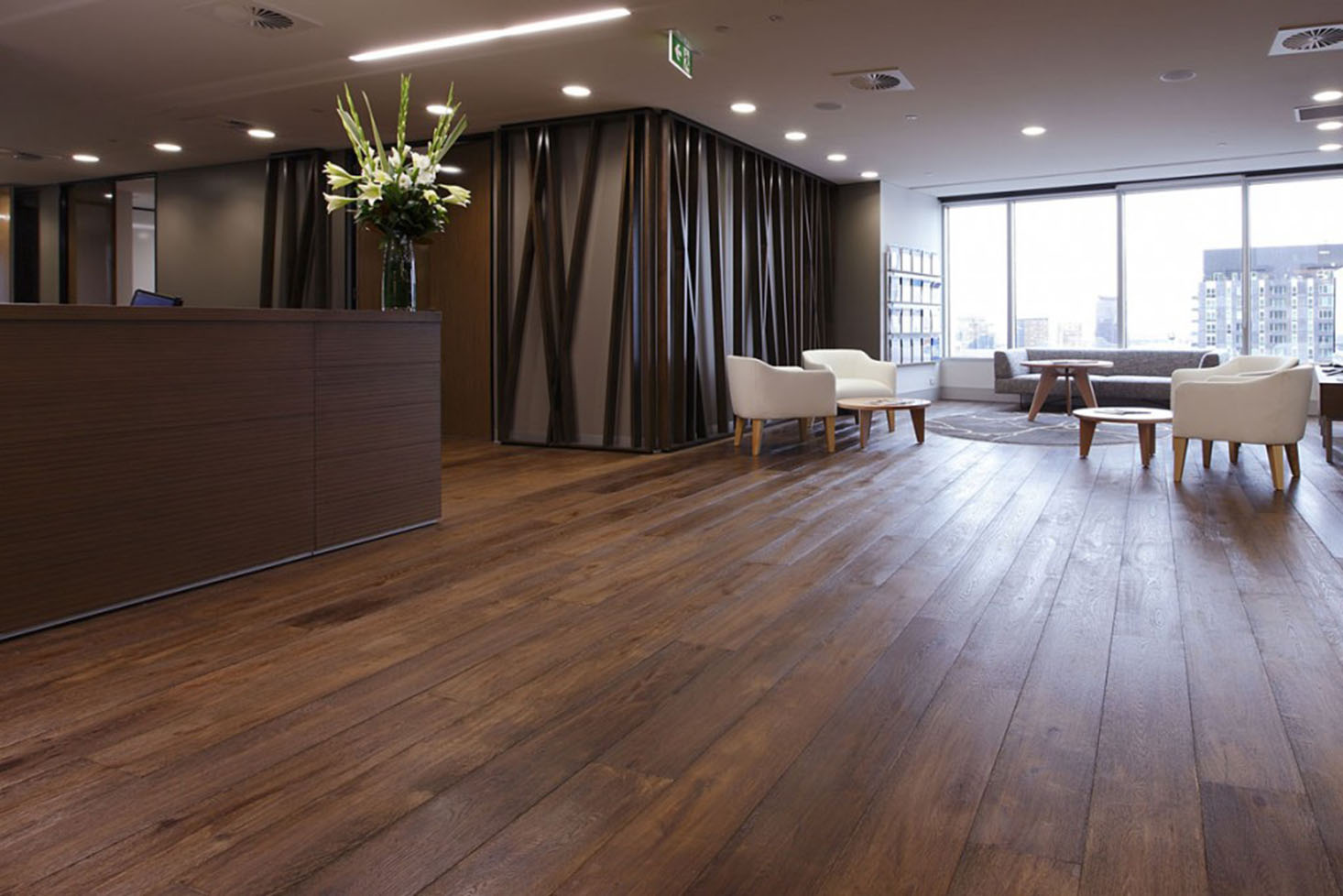Different Flooring Types To Choose From
Wood flooring installation has continued to be the most popular choice of flooring for a house. This is because it gives a feeling of warmth and adds value to one’s home. There is a wide range of wood-flooring-types and options available for you to choose from. When it comes to the wooden floor classification based on the type of wood material; the maple, walnut, and oak are the most popular. There are also other wood flooring types like hardwood that is used mainly for home and office flooring purposes. Teak and other exotic types can also be used as the flooring material. Under this category, pinewood is also included although, technically speaking, it is a softwood.
There are many types of hardwood floors that you can install in your home. For example, you can install acacia, distressed, rustic, and much other pine wood. For the flooring material to last for a long time you should install it in the right area of your house.
You may use wood in almost all parts of your home except for the kitchen and bathroom where wood is not advisable to use due to moisture retention. If you are searching for the latest wood flooring types near me that you will use, you should consider the overall decor and theme of your home.
By the way, the perception that wood floors installation is expensive to buy and install is no longer accurate. The four most popular wood floor installations are solid site-finished, solid pre-finished, engineered, and laminate.
Here are the advantages and disadvantages of each wood flooring types.
-
Site-finished solid wood-
This floor is first installed and then the stain and finish are applied. Advantages include lower cost, a wide choice of wood species (including bamboo), and several thickness choices. Disadvantages include variability in the installation (difficult installation, moisture content might not be controlled), not recommended for basements (moisture variability), and generally a less durable finish. A plus: this floor can be refinished numerous times and exhibits wonderful sound and feel underfoot.
-
Pre-finished solid wood-
This floor is finished at the factory, and once it is put down in your home, no other steps are required to finish the surface. Advantages include durability and generally more time before refinishing, and what you see is what you get. Disadvantages include a higher cost per square foot, and it is not a good choice for basements because of the changes in humidity which can cause warping and cupping (similar to site-finished).
-
Engineered wood-
This flooring choice is made with a real wood veneer glued to a substrate. It is difficult to tell this product apart from solid wood. Advantages of engineered wood floor installation include easier installation, resistance to problems caused by moisture (it can work well in the basement), and lower cost per square foot. Disadvantages include not being able to refinish the surface multiple times and showing wear faster than solids.
-
Laminate-
Laminate hardwood flooring products have come a long way in the last few years. The product is made by installing a realistic printed photo of the desired wood over a substrate and then placing a tough plastic finish over the top. Some laminates are hard to tell from the real thing. Advantages include low cost, easy installation (good DIY project), and durability. Disadvantages include not being able to refinish and a less substantial feel underfoot.
Lastly, American Trust Flooring you choose to have in your home, you can make your wood flooring durable and last longer by giving it the proper care and maintenance.

